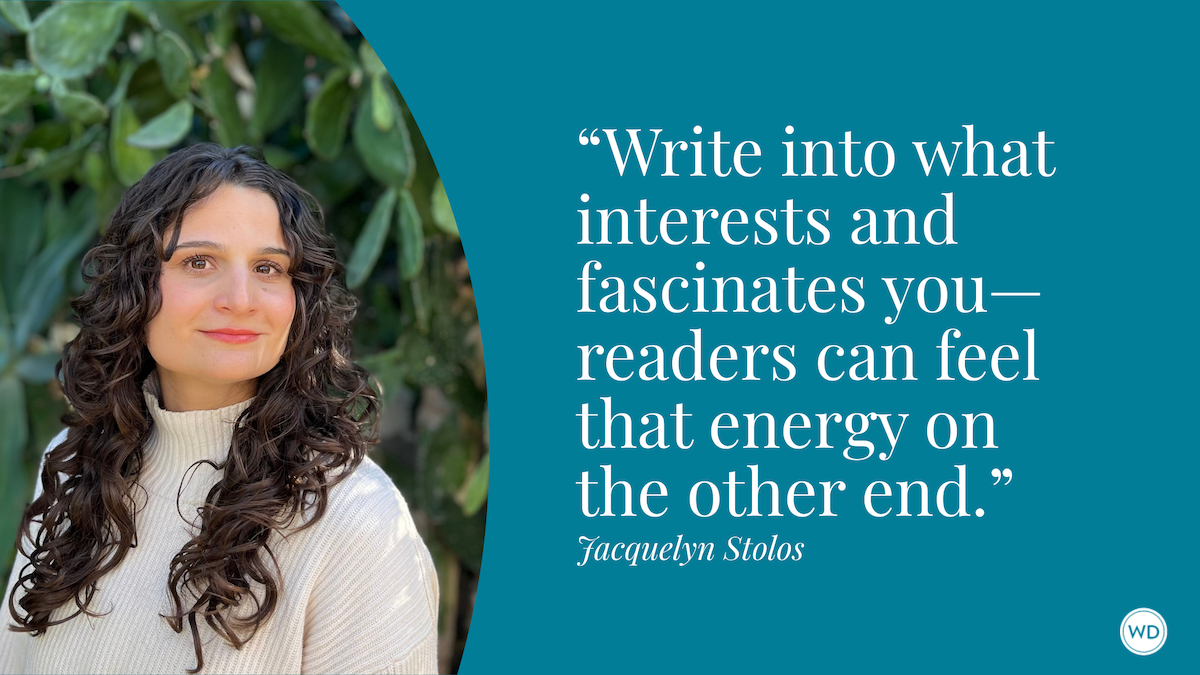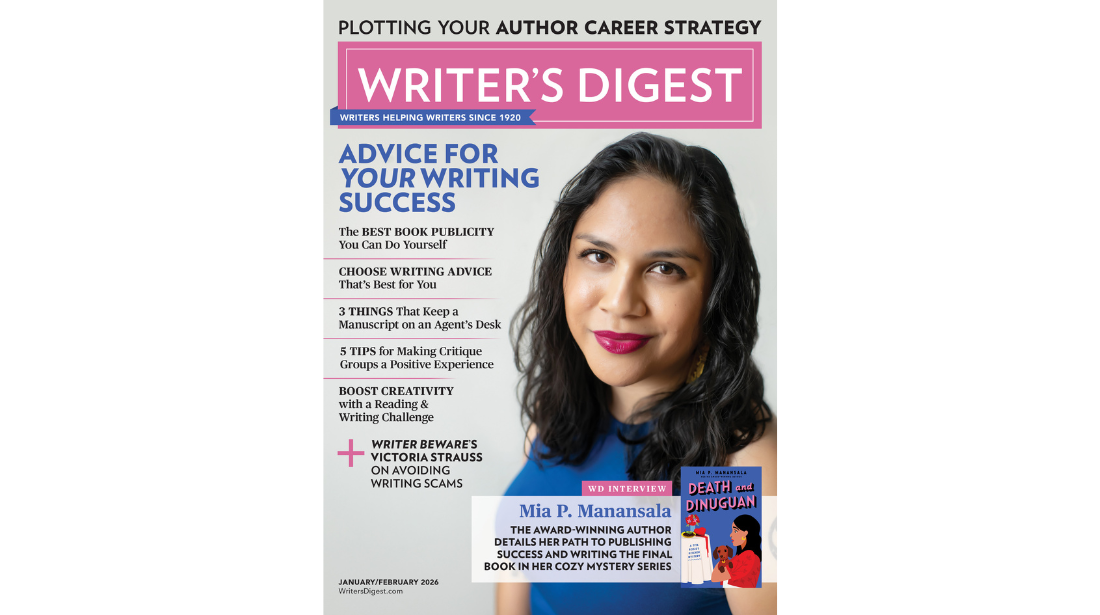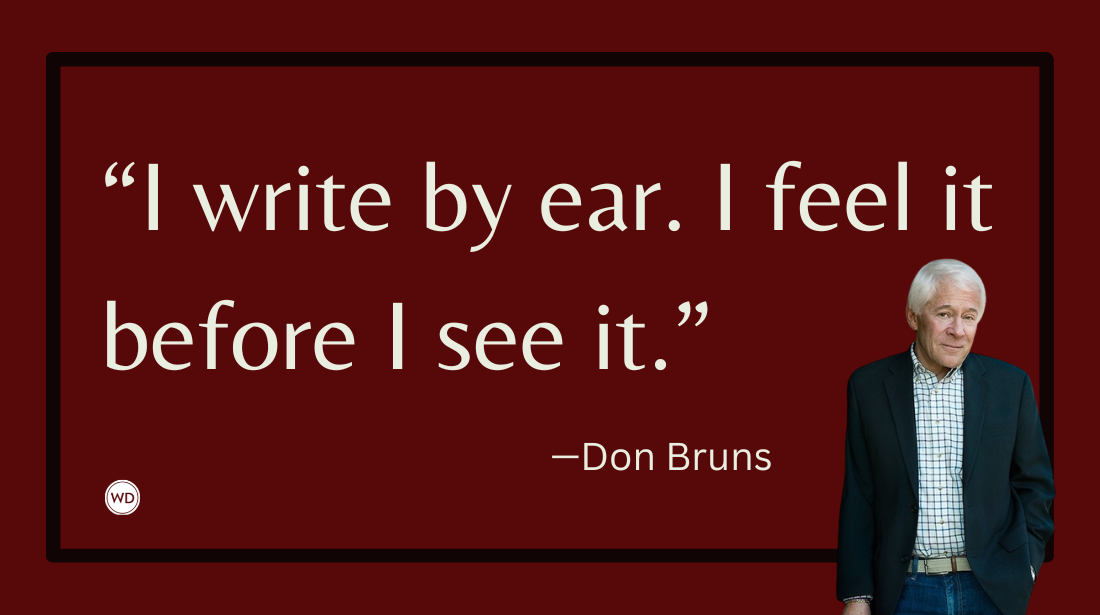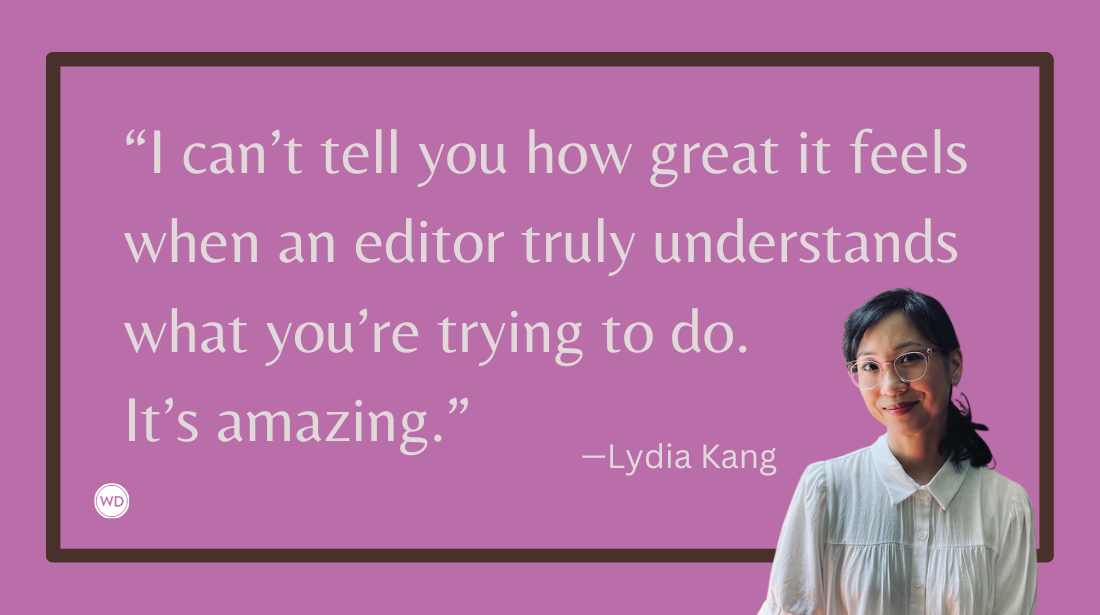5 Writing Tips to Creating a Page Turner
Nothing (other than fame and glory) makes an author happier than hearing from a reader who couldn’t put down their book. So what makes readers skip going to bed when…
Nothing (other than fame and glory) makes an author happier than hearing from a reader who couldn’t put down their book. So what makes readers skip going to bed when they should and instead decide, Just one more chapter? My agent, Barbara Poelle, and I decided to sit down and distill (with something distilled) what keeps those pages flipping as the clock is ticking past 2 am.
This guest post is by Eileen Cook. Cook is a multi-published author with her novels appearing in eight different languages. Her books have been optioned for film and TV. She spent most of her teen years wishing she were someone else or somewhere else, which is great training for a writer. Her newest book, WITH MALICE, is out now. You can read more about Eileen, her books, and the things that strike her as funny at eileencook.com. Eileen lives in Vancouver with her husband and two very naughty dogs and no longer wishes to be anyone or anywhere else.
She is repped by literary agent Babara Poelle. You can follow Barbara on Twitter @Bpoelle.
Barbara: I like chapter endings that act like a mouth full of Pop Rocks—just little crackles of obstacles and reveals. This does not mean every chapter ends with a cliff hanger! Just, like, alluring bread crumbs that that make you think I GOTTA FIND OUT WHAT HAPPENS NEXT. A little kick, a little pinch, a little more G in my G&T, yanno? Um, Eileen? That was directed at you. Can you add some more G to this? Thanks.
Eileen: Oh, when you said “to the rim” I thought you were kidding. But yes, to keep readers turning pages you should raise a question, or questions, at the start of a novel that readers will want to see answered. (Who’s the murderer? Will they escape prison? Will they find true love?) Because you’ve mastered the art of conflict in your story, you won’t provide an easy answer to that question, which will keep readers flipping pages to see how you will resolve the situation.
Barbara: Well put! Let’s go get some cheese fries.
Eileen: Or, maybe we can provide actual tips for folks in creating their own page-turner.
Barbara: And then cheese fries?
Eileen: And then cheese fries. Although in Canada we call them Poutine. Sounds classier.
1) Create stakes that matter:
What is at stake if your character doesn’t get what they want? If it doesn’t matter, then readers don’t need to turn the page. It doesn’t have to be life and death, but it should feel like life or death to that character.
Barbara: Think about the micro tensions as well as the big picture obstacles.
Eileen: Yes, over the course of the book don’t be afraid to ramp up the tension. Unless you are writing a very short story, your character will want something, something will get in their way, and then they must try again (or give up.) How will they problem solve their way out of this? How can you throw more obstacles in their way? How can you increase their motivation so that it matters even more that the character obtains their goal?
2) Unpredictable characters:
Eileen: There’s a reason people can find themselves attracted to the slightly crazy girl…
Barbara: Why are you looking pointedly at ME?
Eileen: ...You never know what she’s going to do or say. Having characters who occasionally do the unexpected keeps readers’ interest. You can do this by having an unreliable narrator (those who don’t tell the reader, or themselves, the full truth of their actions or motivations), or by creating a character who has competing motivations that influence how they react in different situations.
Also take time with your antagonist and supporting characters to make them three dimensional. How can they provide a different perspective than your main character? How can these characters, either deliberately or accidentally, get in the way of your character obtaining their goals?
OnDemand Webinar
Let literary agents Barbara Poelle and Holly Root
pull back the curtain and show you exactly what goes on when an agent
reads your query in SLUSH PILE SHOWDOWN:
HOW TO MAKE YOUR SUBMISSION STAND OUT.
Download it now
3) Which way will this go?
Eileen: Few things are more delicious than thinking you know what is about to happen only to have the author pull that expectation out from under you.
Barbara: Except for cheese fries. Cheese fries are the most delicious.
Eileen: However, you can’t cheat—what happens needs to make sense in the context of the larger story.
You can learn how to do this from magicians. All the magic happens out in the open, but they use misdirection to pull viewers’ attention so that they miss what is happening right in front of their eyes. Set up a story line to interest your readers and pepper that with clues and details that will support your plot twist when it happens. That way, when you pull off your plot twist your reader will be able to see that the grounding for it was there all along.
4) Pace with Purpose:
Eileen: Keeping readers reading is a bit like not allowing them to get out of your car. (Not that I advise kidnapping readers or anyone else for that matter.)
Barbara: The way Benedict Cumberbatch kidnapped my heart.
Eileen: Right, Exactly like that. If you keep your foot on the gas, the car will go too fast for them to dive out and do something more useful with their time.
Pacing is impacted by a number of factors. Some things to consider when revising your novel: the balance between exposition and dialogue, action, where section and chapter breaks occur, increasing stakes, and the creation of a ticking clock that applies additional pressure.
5) Give them something to talk about:
Eileen: What is it that makes you finish a book, call a friend and demand that they read it because you want to discuss it with them? How can you recreate that tension in your own work? Stories that people discuss have some things in common: divisive characters, the ability to see a character’s actions from different perspectives, ethical issues and larger than life scenarios.
If you’re able to incorporate these five tips you’ll have readers flipping pages right to the very end, regardless of what genre you may be writing.
Barbara: And now—
Eileen: Yes, Barbara. And now cheese fries.
Other writing/publishing articles & links for you:
- Here are 10 questions you need to ask your characters.
- How to create an effective synopsis for your novel or memoir.
- Chapter 1 cliches and overused beginnings -- see them all here.
- Here are 7 reasons writing a novel makes you awesome.
- New Agent Alerts: Click here to find agents who are currently seeking writers.
- Download a year's worth of writing prompts right here.
Thanks for visiting The Writer's Dig blog. For more great writing advice, click here.
Brian A. Klems is the editor of this blog, online editor of Writer's Digest and author of the popular gift bookOh Boy, You're Having a Girl: A Dad's Survival Guide to Raising Daughters.
Follow Brian on Twitter: @BrianKlems
Sign up for Brian's free Writer's Digest eNewsletter: WD Newsletter
Listen to Brian on: The Writer's Market Podcast
Brian A. Klems is the former Senior Online Editor of Writer’s Digest, and author of Oh Boy, You’re Having a Girl (Adams Media/Simon & Schuster). Follow him on Twitter @BrianKlems.









